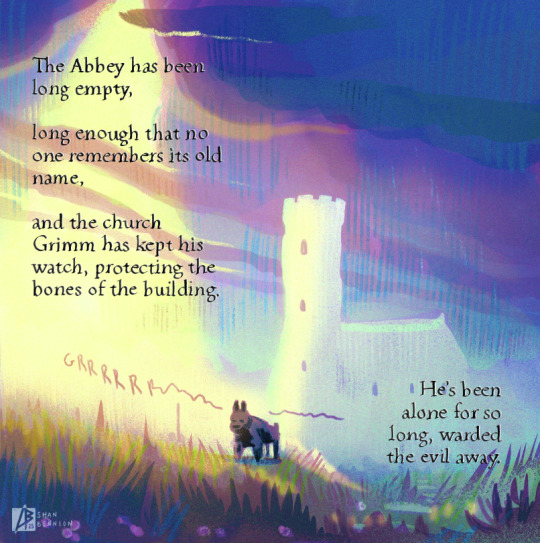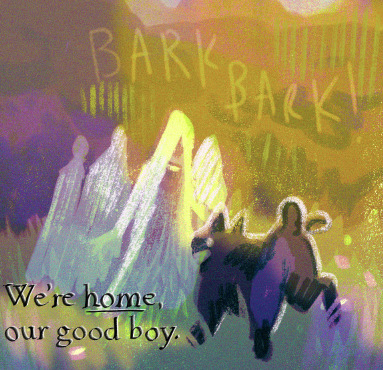#ghosts
Explore tagged Tumblr posts
Text

i want them BACK
2K notes
·
View notes
Text

#What to do if the Ghost of Abraham Lincoln Appears in Your Home#tips#tricks#life hacks#helpful hints#advice#ghost#ghosts#haunt#haunted#spooky
97 notes
·
View notes
Text

Doesn’t even have hands to wash
13K notes
·
View notes
Text










CBS Ghosts + text posts
#does this make sense#they’re so ridiculous#I love them#ngl I should do other minor ghosts too#cbs ghosts#ghosts#ghosts cbs#sam arondekar#samantha arondekar#jay arondekar#thorfinn ghosts#sasappis#isaac higgintoot#hetty woodstone#alberta haynes#flower montero#pete martino#trevor lefkowitz
1K notes
·
View notes
Text
SUPER
Animation of my Luigi puppet by talented animator Katie Lathrop!
#animation#stop motion#luigis mansion#luigi#ghosts#mario#supermario#super mario bros#hasani walker#hasani#Nintendo#video
3K notes
·
View notes
Text

Julia Soboleva (Latvian, 1990) - Home for Christmas (2024)
#julia soboleva#art#painting#latvian art#christmas#ufo#uap#ghosts#cat#black cat#aliens#seasons greetings#seasons greasons
5K notes
·
View notes
Text


#source: pinterest#dark aesthetic#gothcore#goth#gothic#gothgoth#goth aesthetic#alternative goth#goth subculture#dark gothic#gothic aesthetic#cemetery#gravestone#grave#graveyard#gravestones#fog#foggy#foggy aesthetic#vampire#ghosts
91 notes
·
View notes
Text
"hell hath no fury like me when i'm pissed off and slightly hungry."
Original: @dolorific on tik tok
14K notes
·
View notes
Text

“Do You Know My Name, Are You Dreaming Too? 1911”
© Benz and Chang, 2017
watercolour on paper
#benz and chang#dave benz#do you know my name...#ghosts#haunting#gothic#dark surrealism#surrealism#horror art#dark art#art#contemporary art#illustration#watercolour#painting
156 notes
·
View notes
Text

Protected
#illustration#artists on tumblr#collage#acrylic paint#colour pencil#ink#ghosts#angel#paint pens#my art
93 notes
·
View notes
Text



todays warm up: The Abbey is full of ghosts again and it couldn't be a happier place
2K notes
·
View notes
Text
Option 3: they want justice and/or violence of some kind, and can you really blame them?
i have a lot of affection for ghosts because they basically want one of two things: attention, or for you to leave their house as soon as possible. both relatable and respectable goals. and they're already dead so what are you going to do about it.
#Ghosts#mood#favorite#Sometimes a ghost comes back to kill their murderer and you just gotta shrug and go 'Yeah that is fair'
2K notes
·
View notes
Text
"So you collect ghosts?"
"Not intentionally. Ghosts are just drawn to me. I'm a ghost sponge. A ghost magnet. When I'm hired to check out a haunted house, I walk in and take all the ghosts with me when I leave. And if it turns out there's a demon the ghosts eat 'em. It's a very efficient system."
"...Say that last part again."
"The ghosts eat the demons. Like a pack of hyenas taking down a wildebeest. I've seen the ghost of a 90-year-old Ukrainian babushka tear apart a demon with her teeth."
19K notes
·
View notes
Text



Hetty & Trevor | Ghosts 4x18
#ghosts#ghosts cbs#ghostsedit#hetty woodstone#trevor lefkowitz#hetty and trevor#hetty x trevor#h-money#tvedit#sitcomedit#dailytvfilmgifs#chewieblog#userstream#cinemapix#rebecca wisocky#asher grodman#affghosts#ghosts: season 3#ghosts: 3x18#i love it when they scheme#idots
41 notes
·
View notes
Text








GHOSTS Timestamp Roulette : 1x16 Trevor's Pants
25 notes
·
View notes